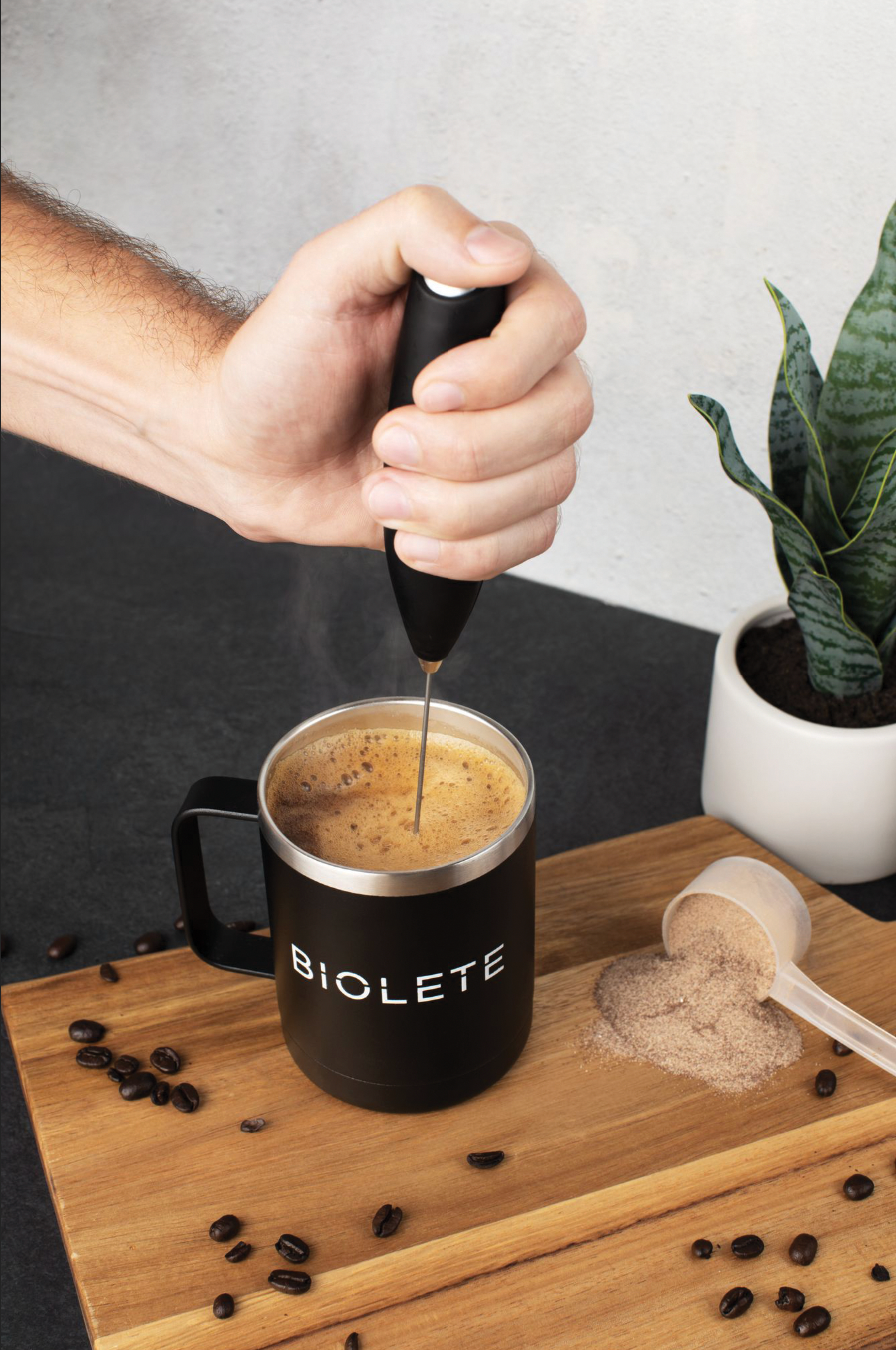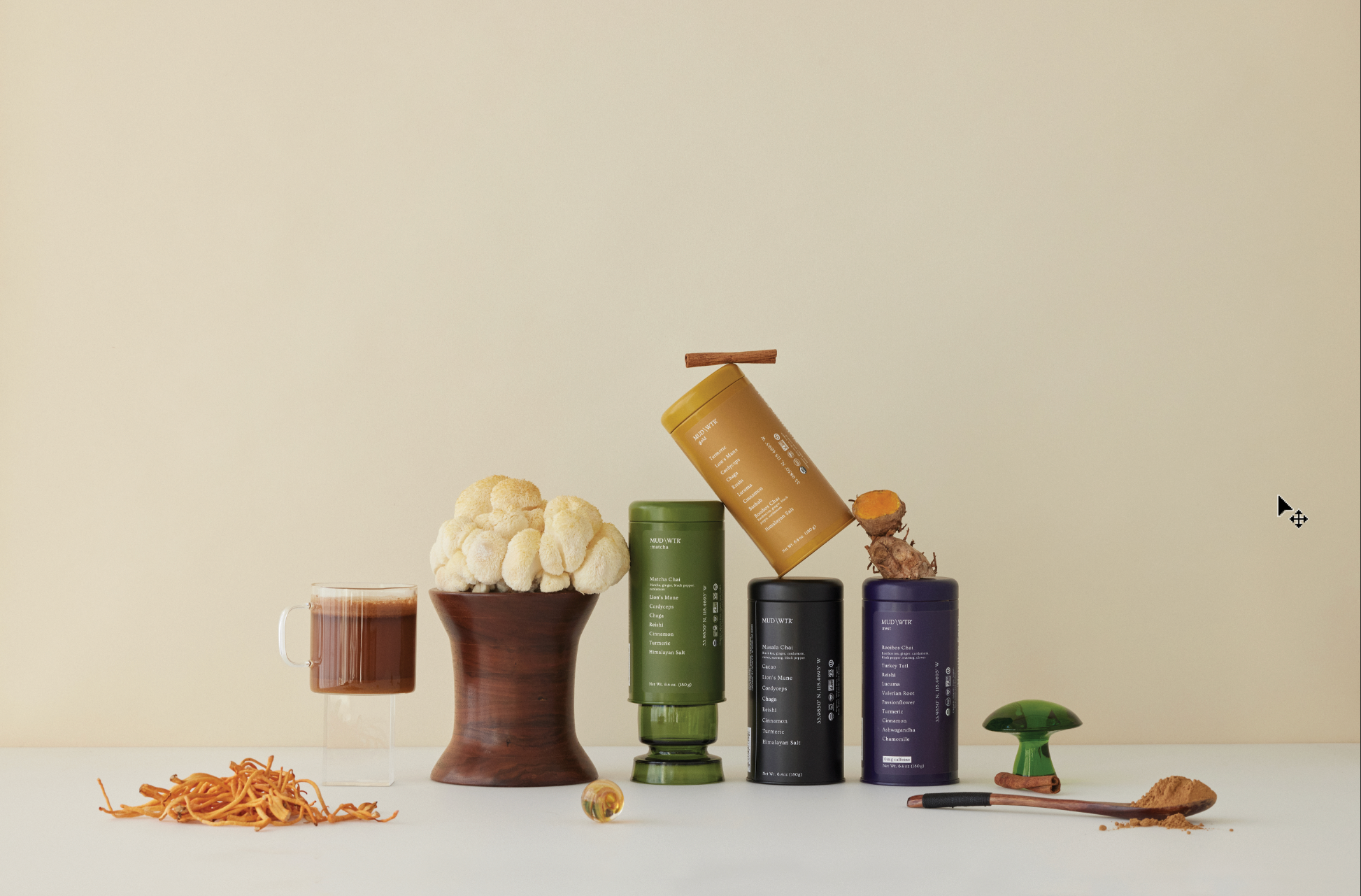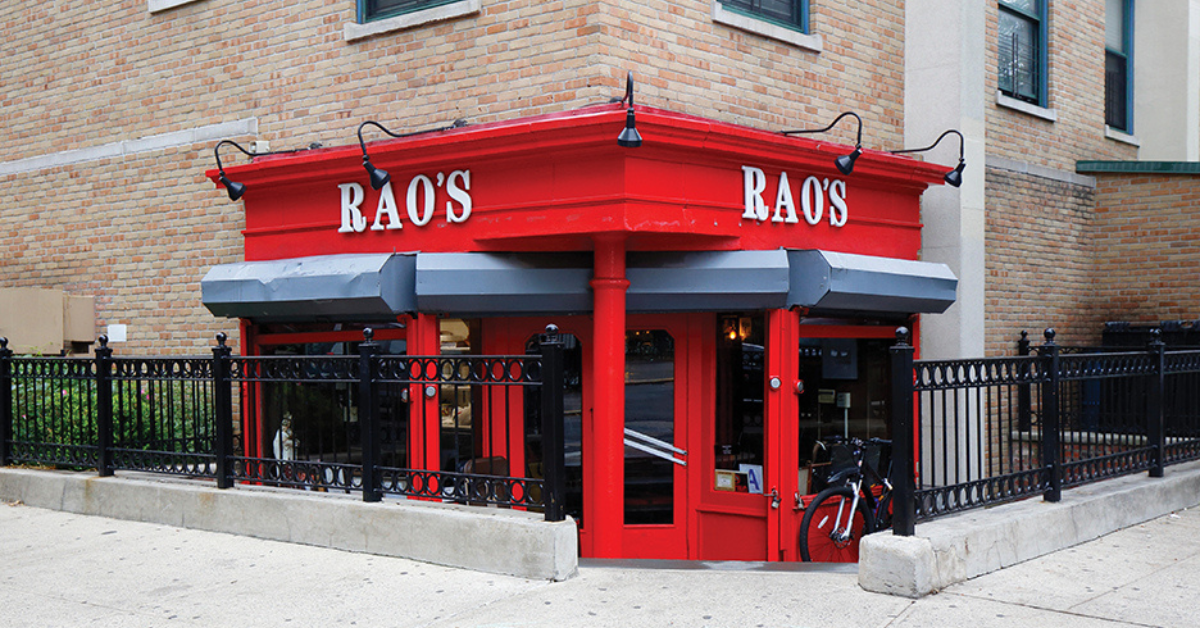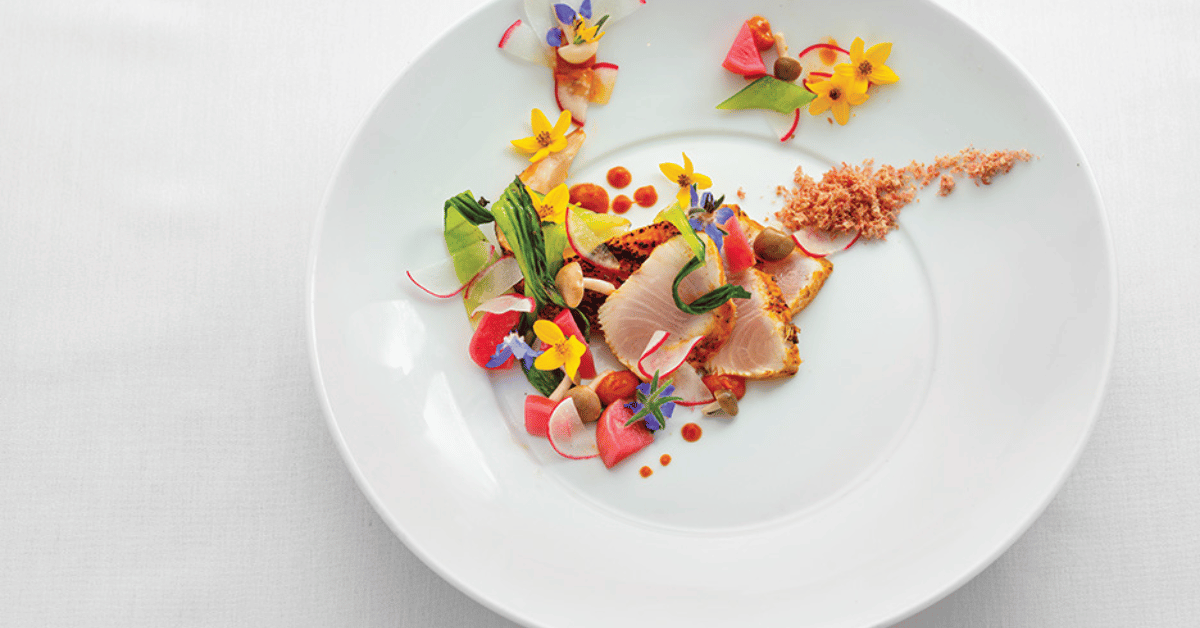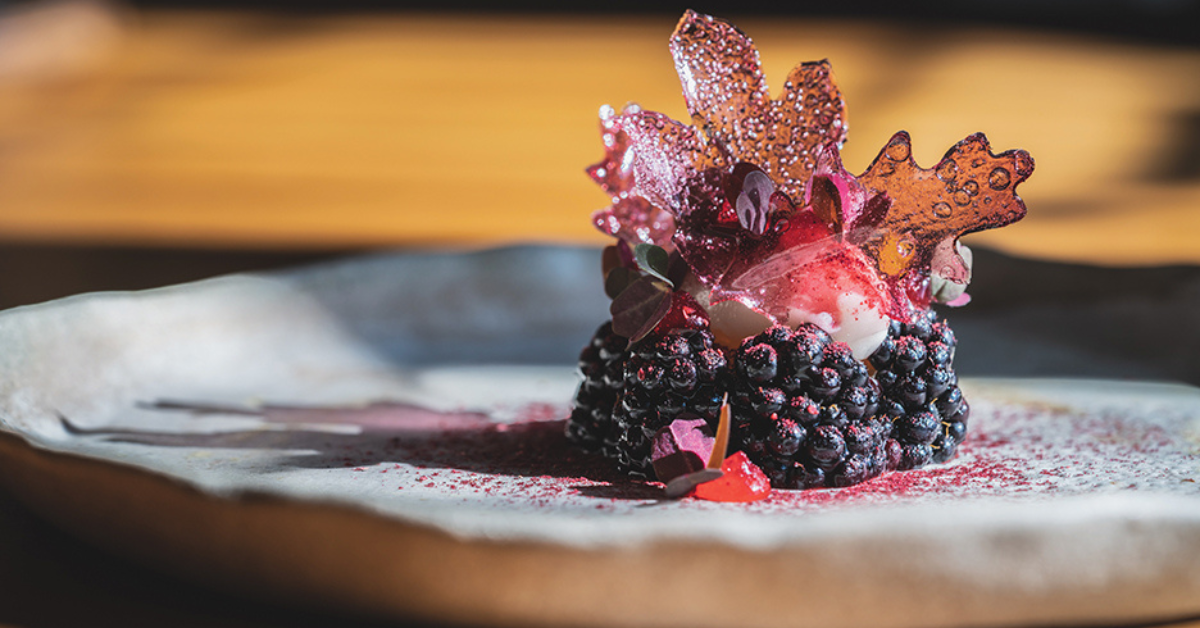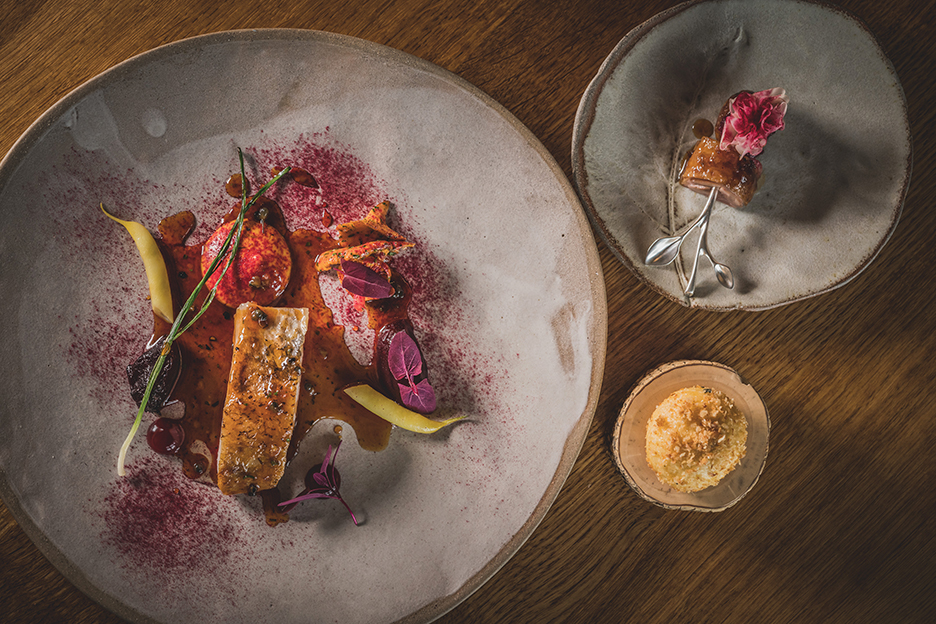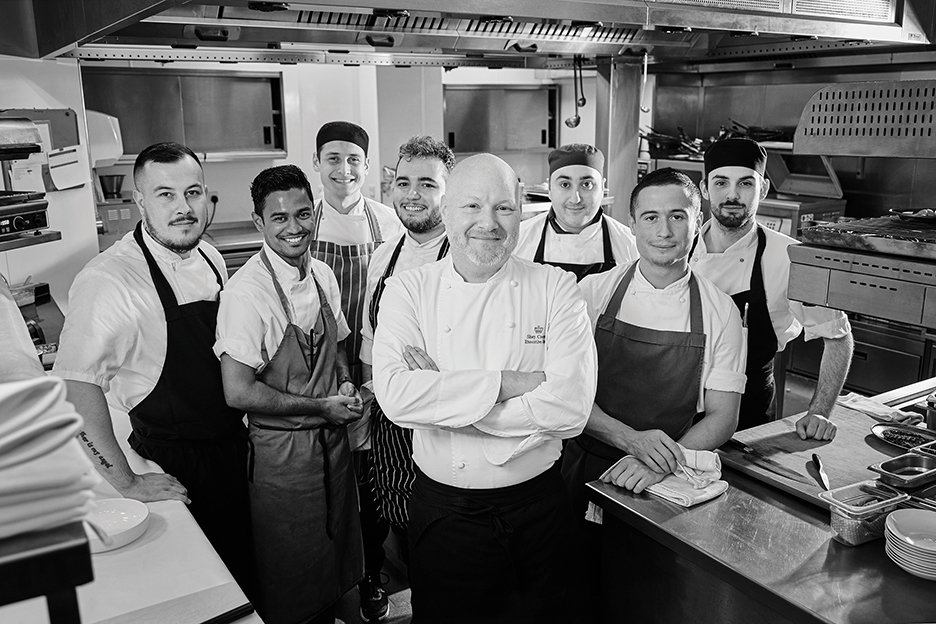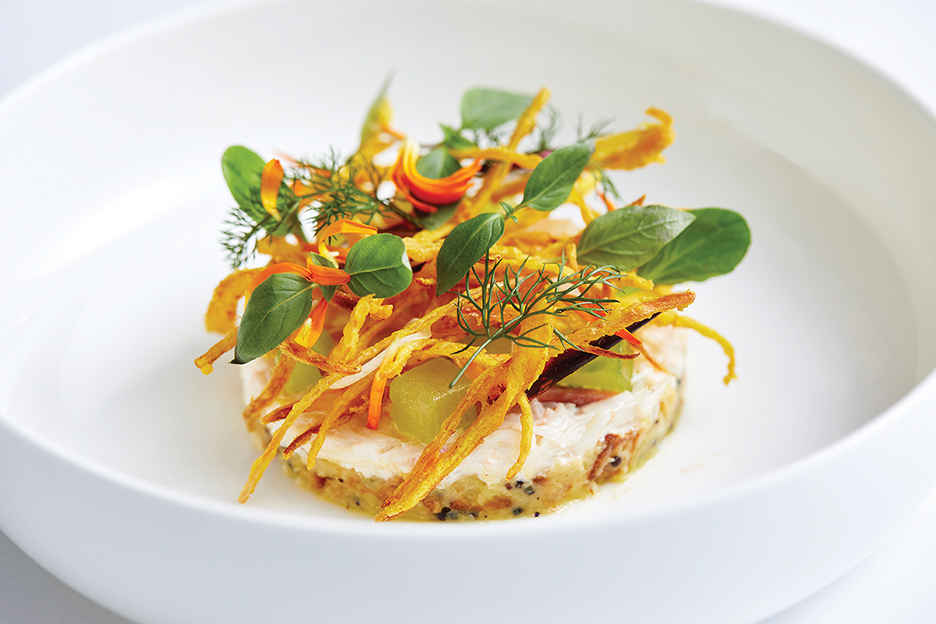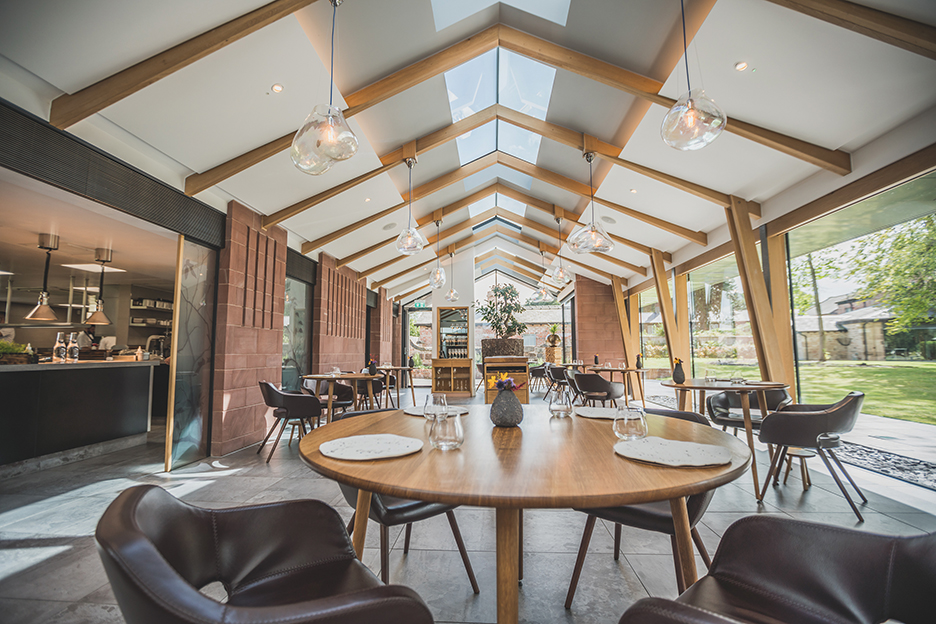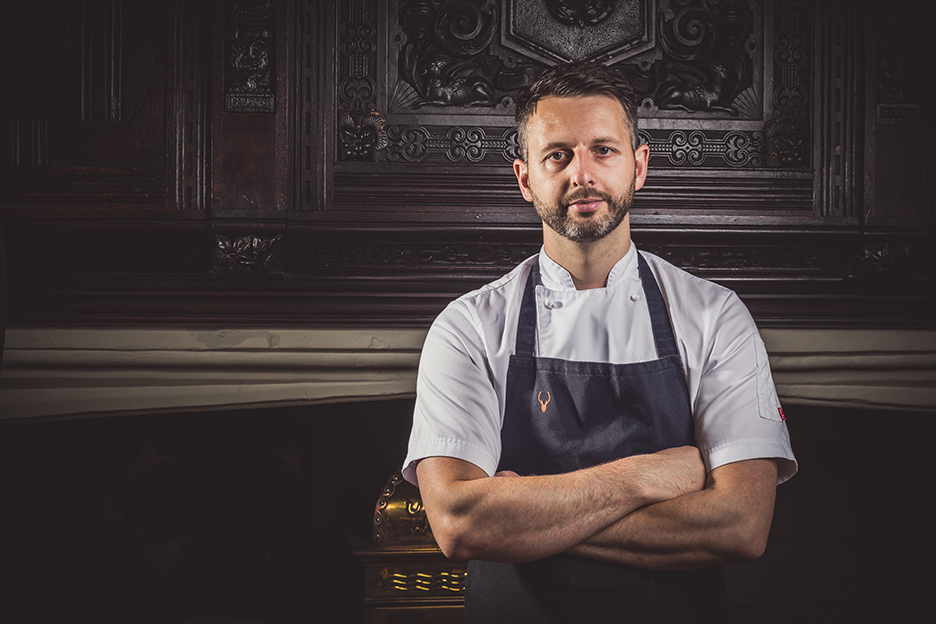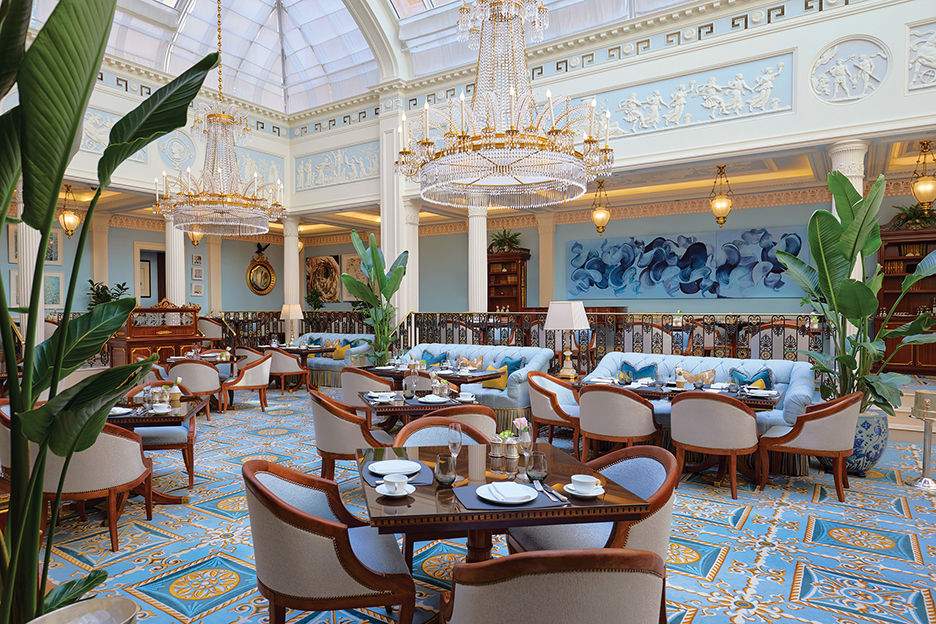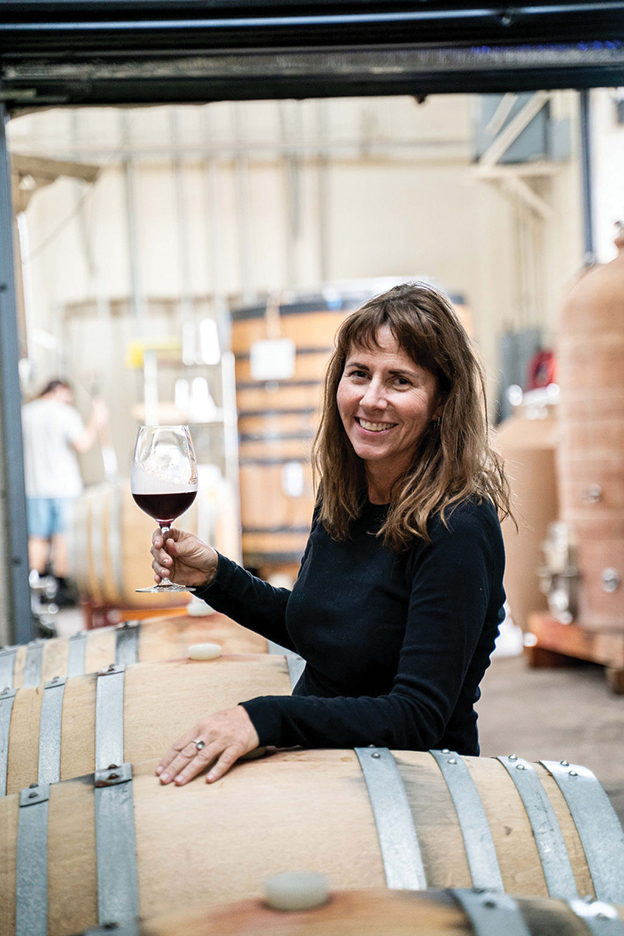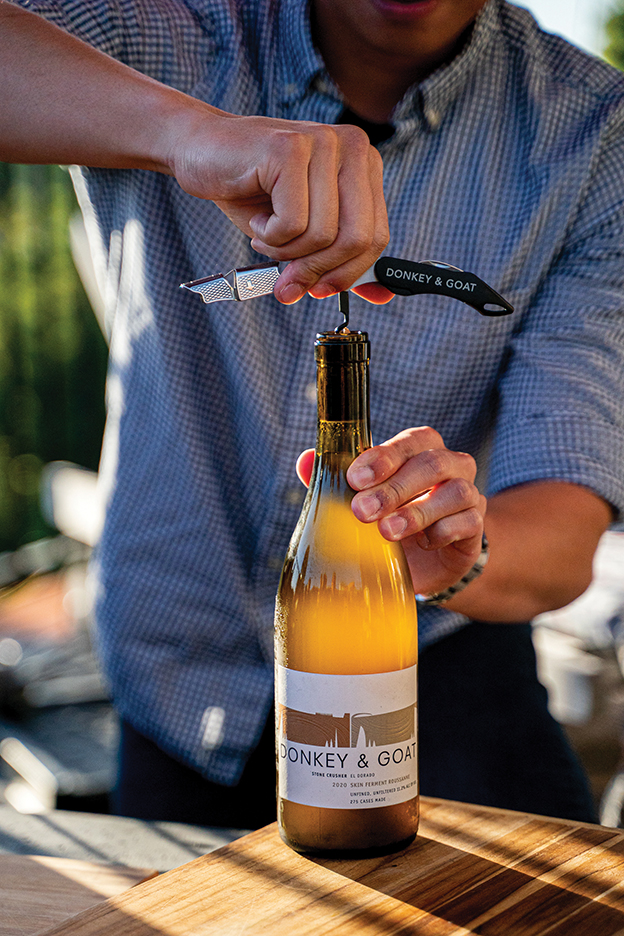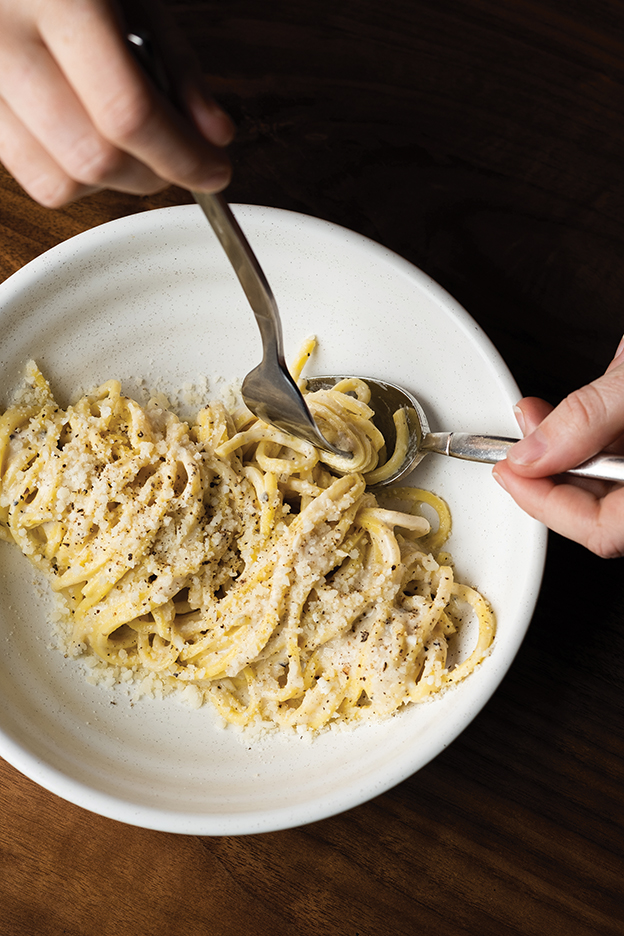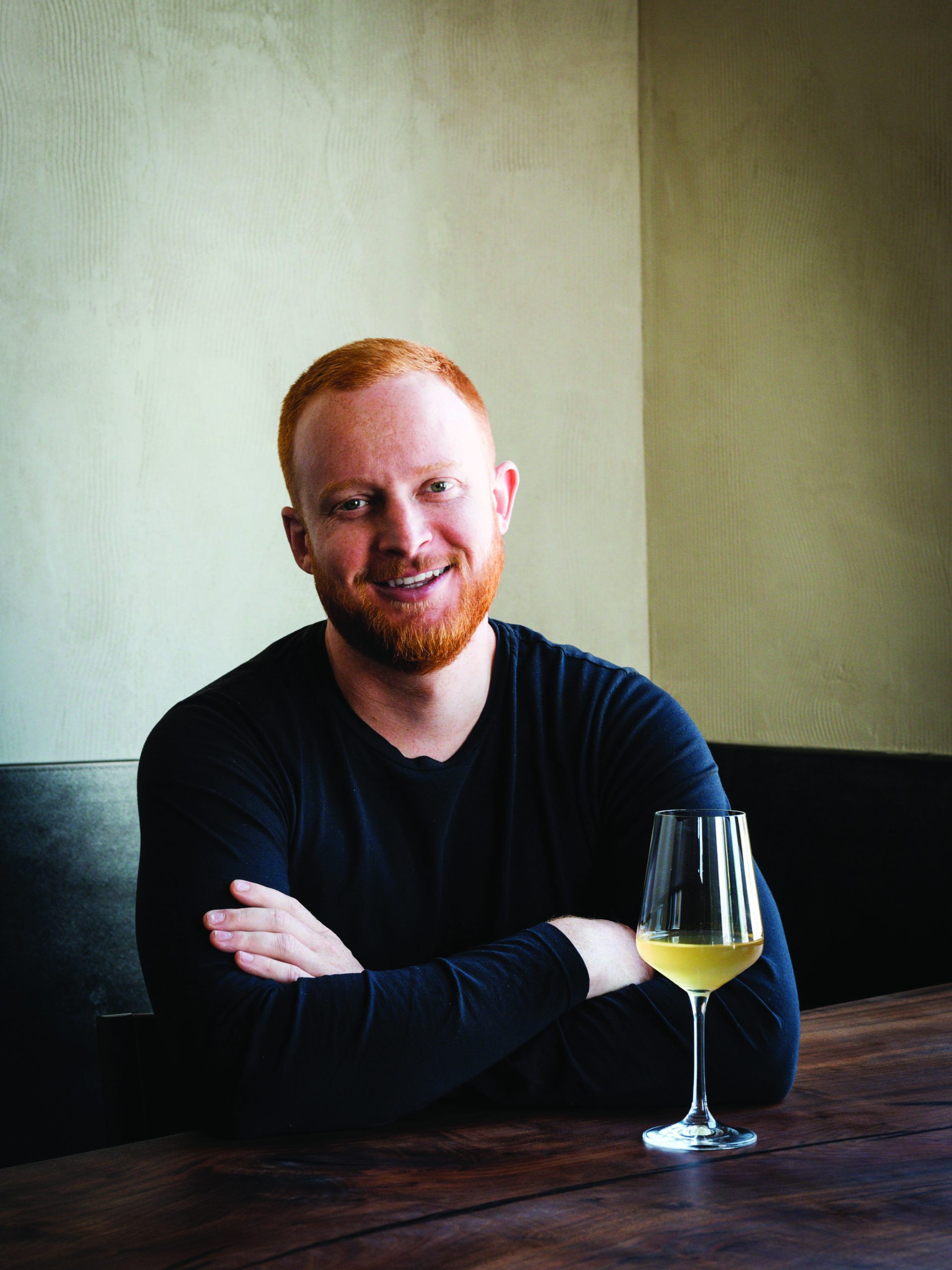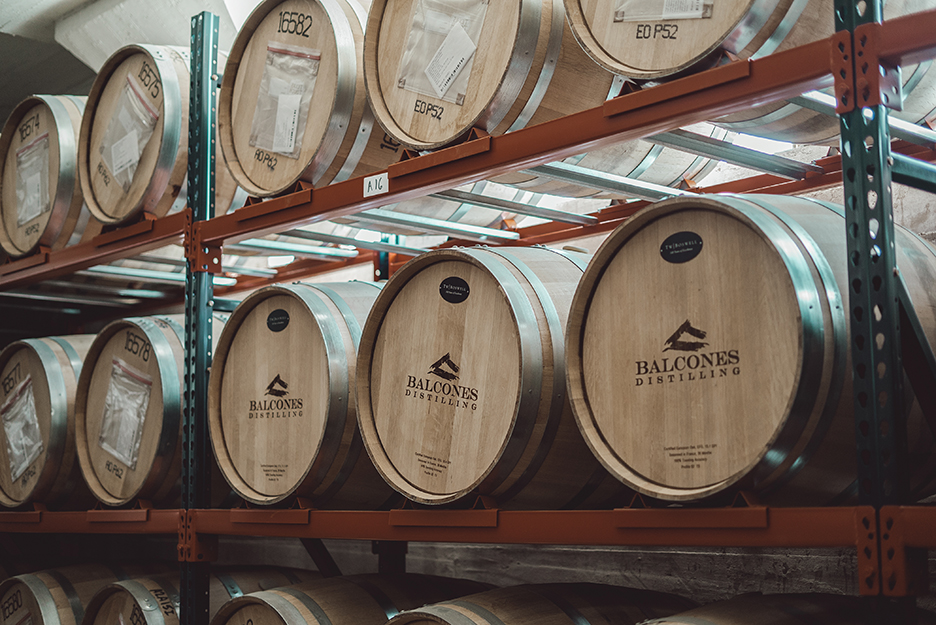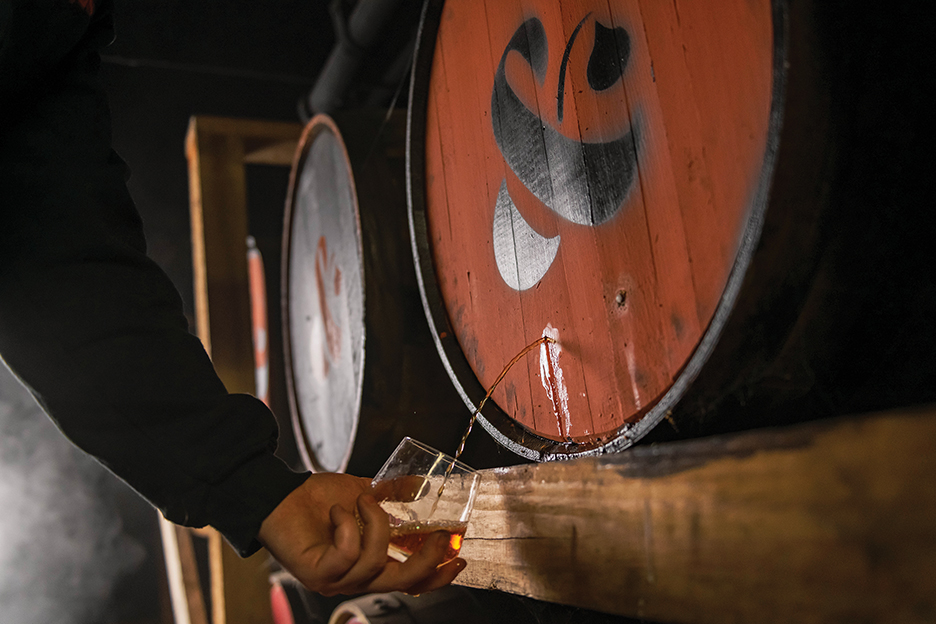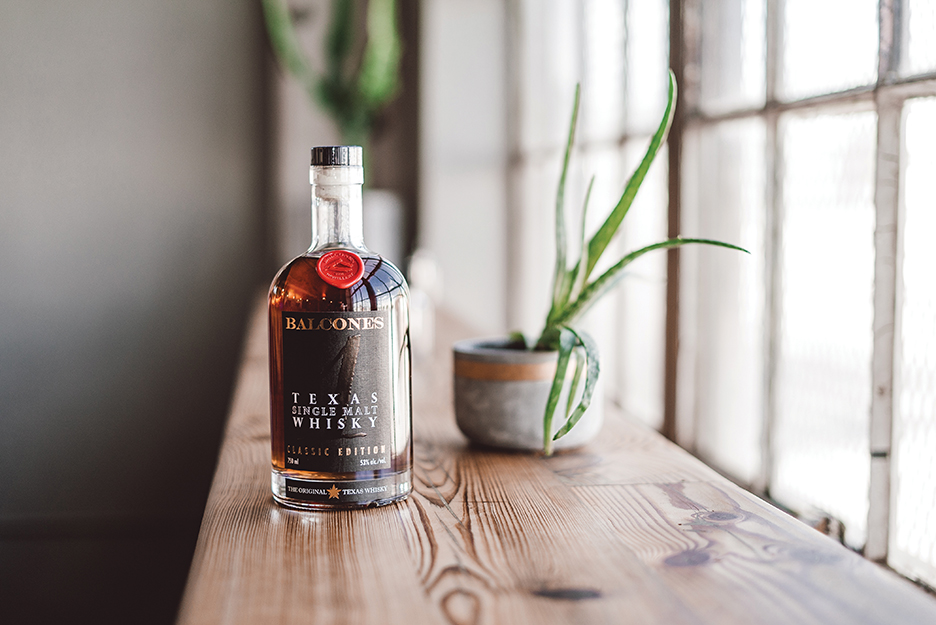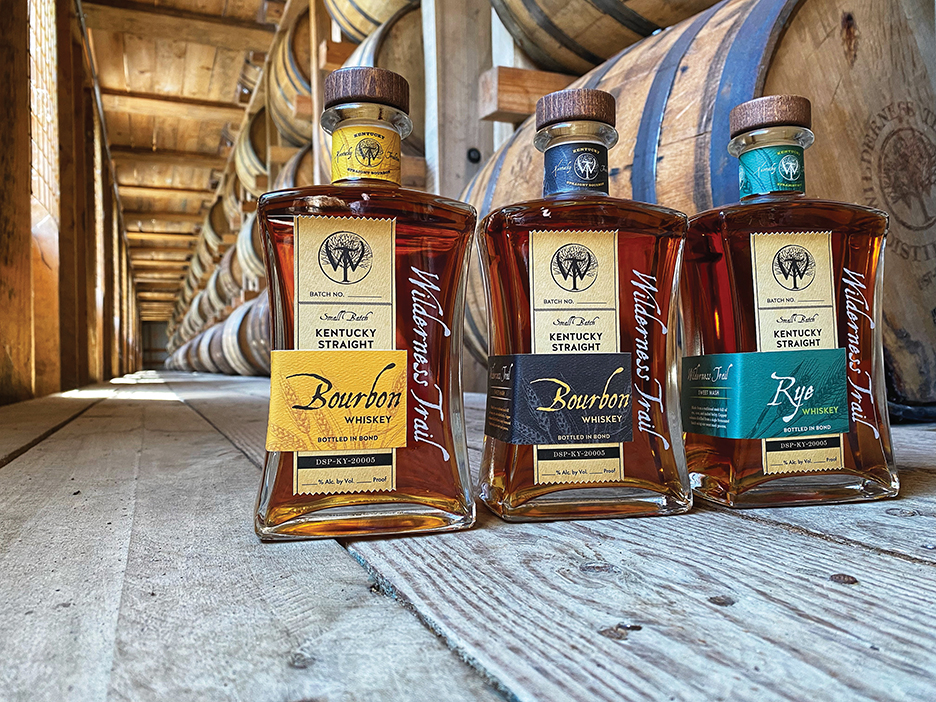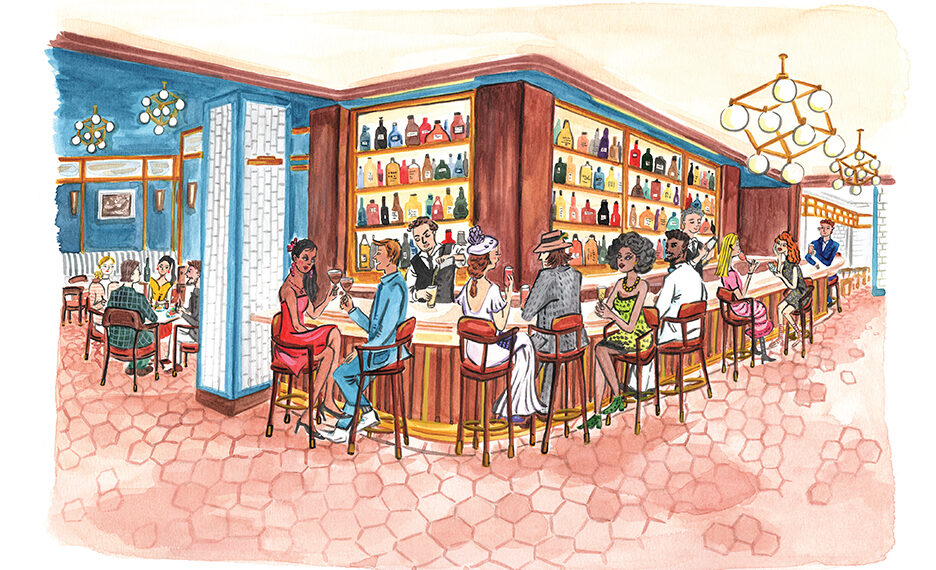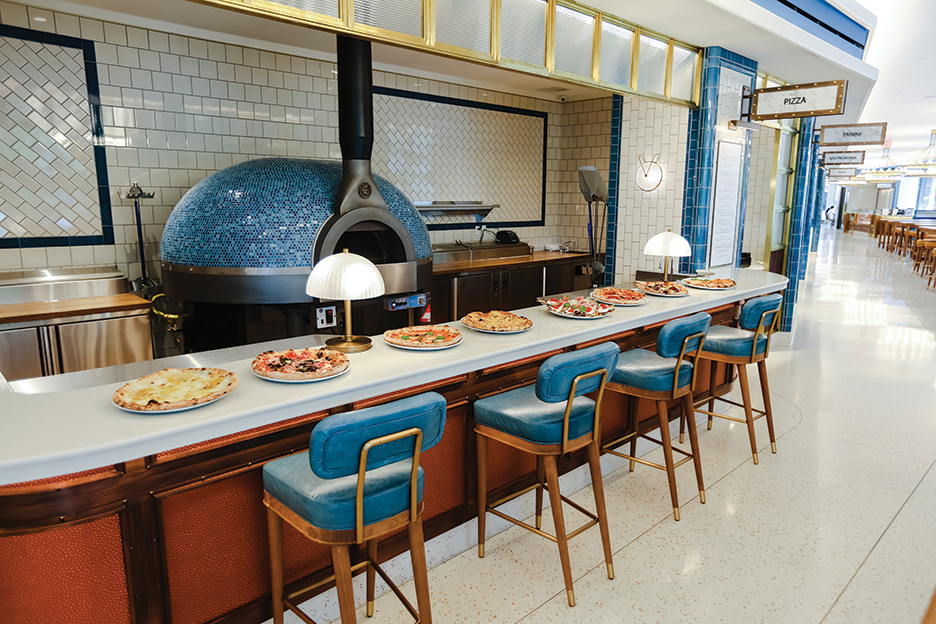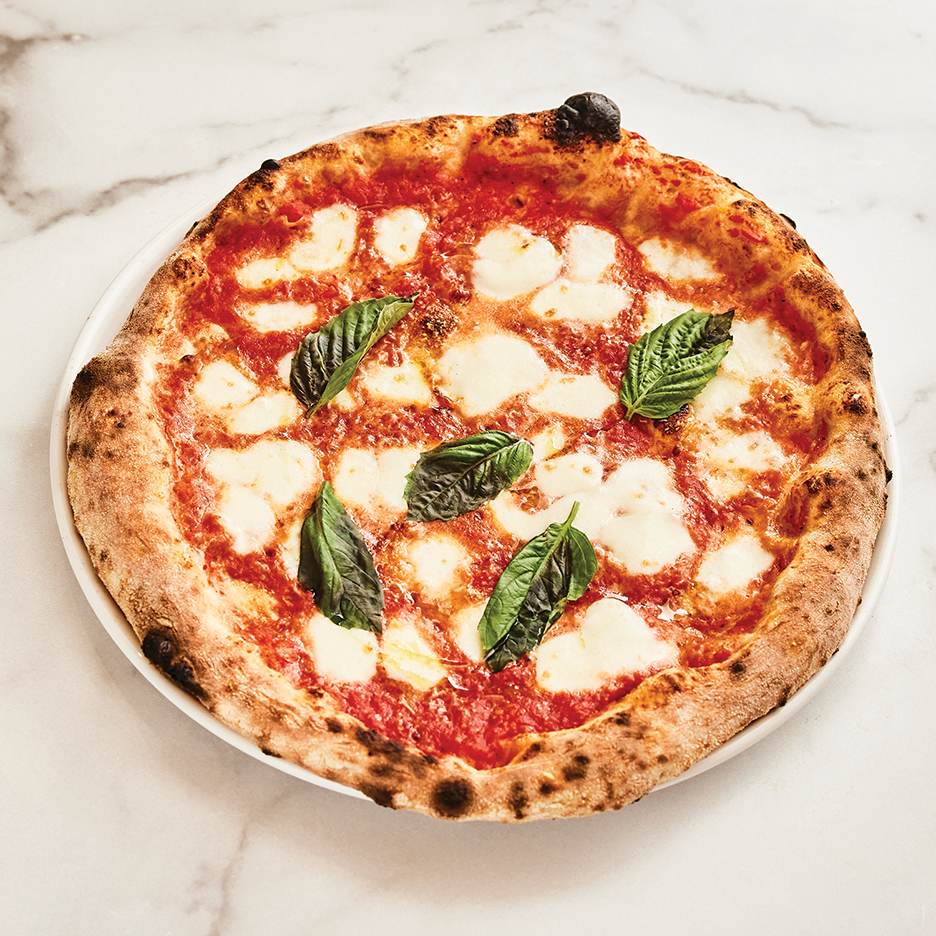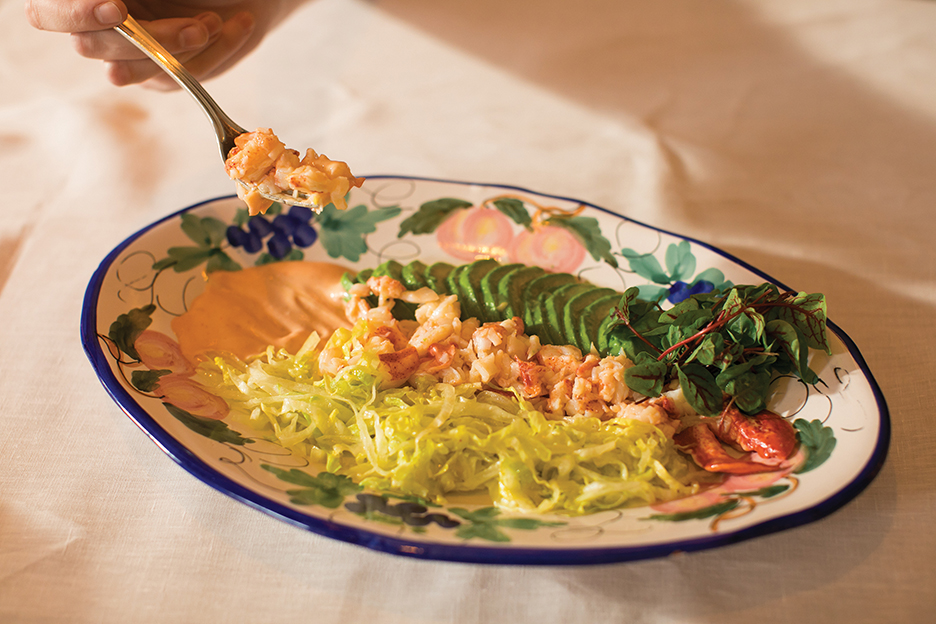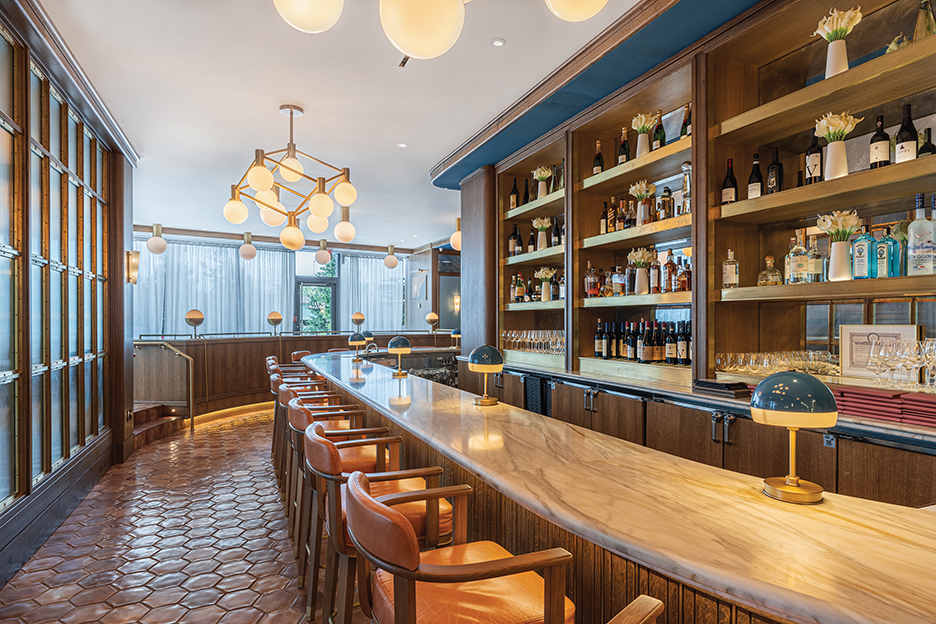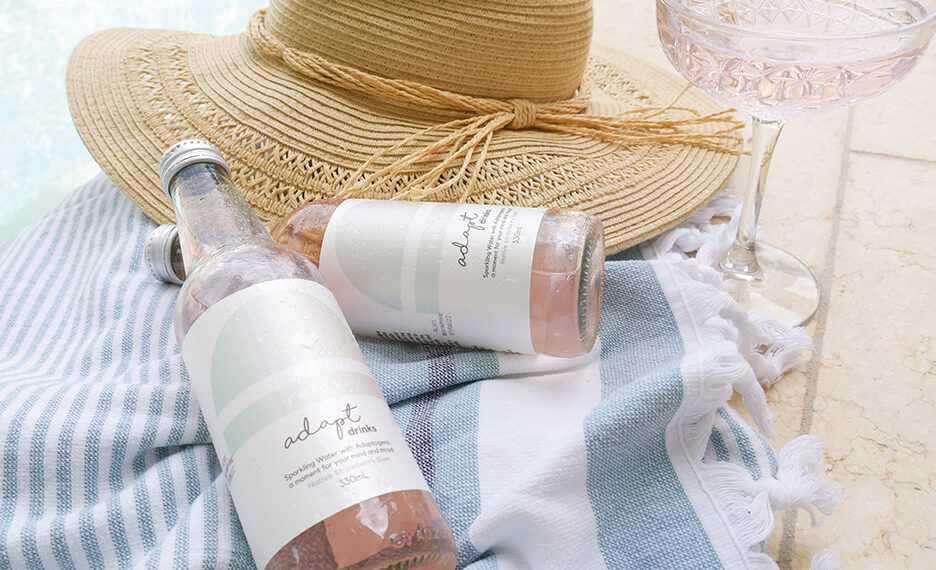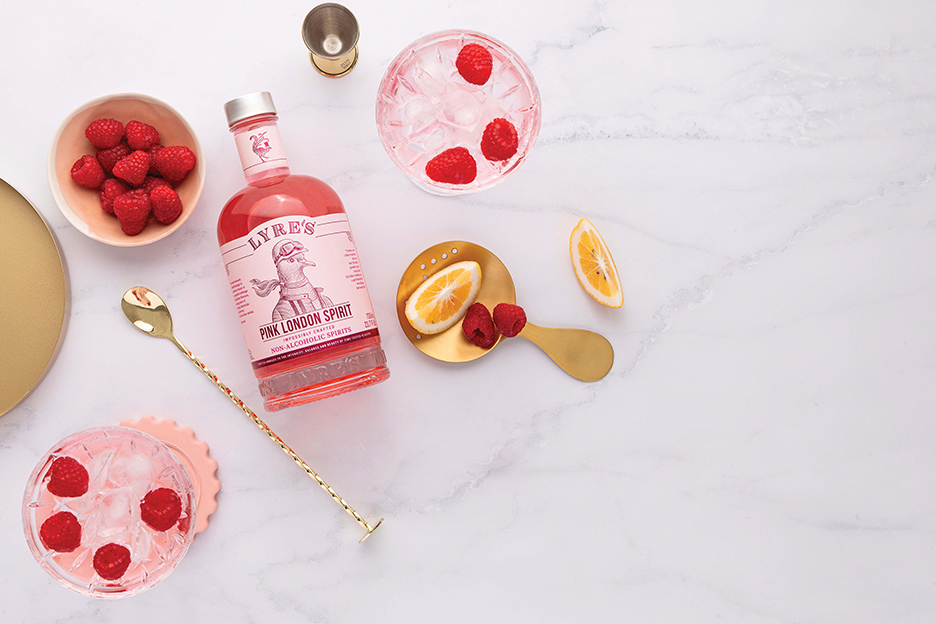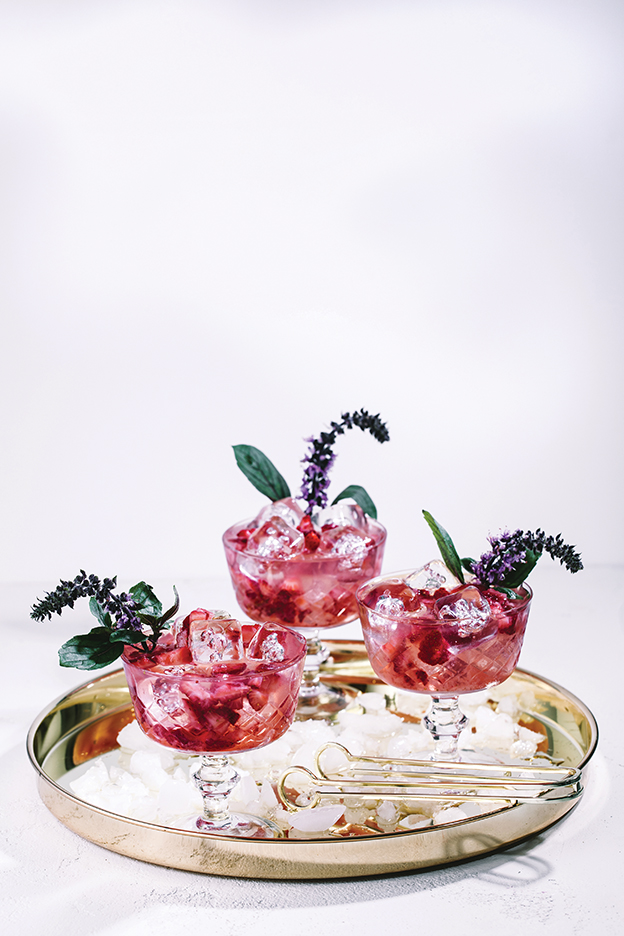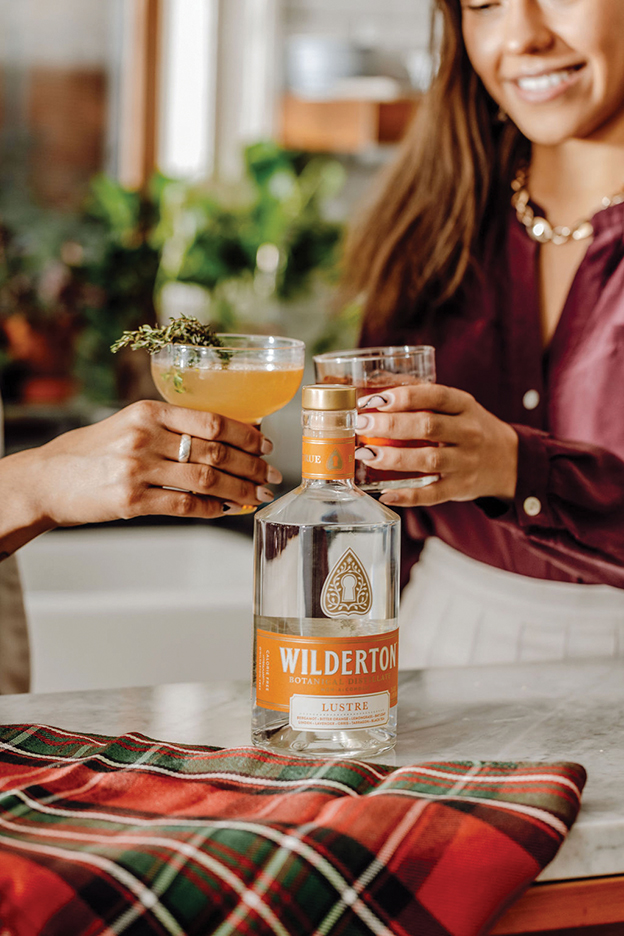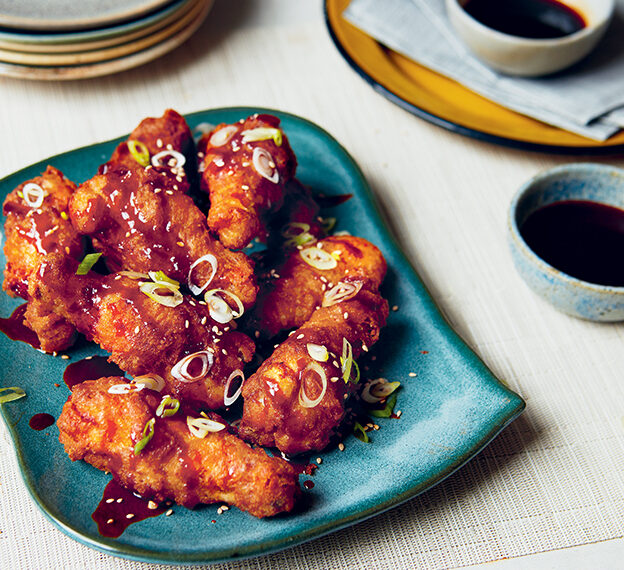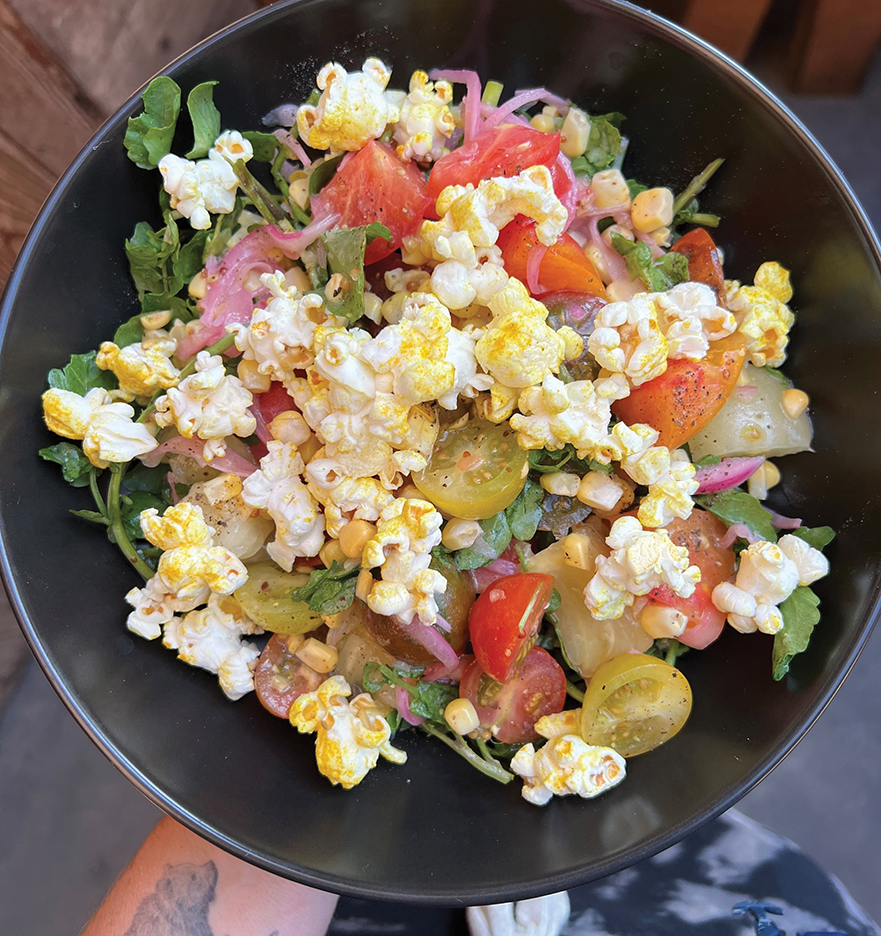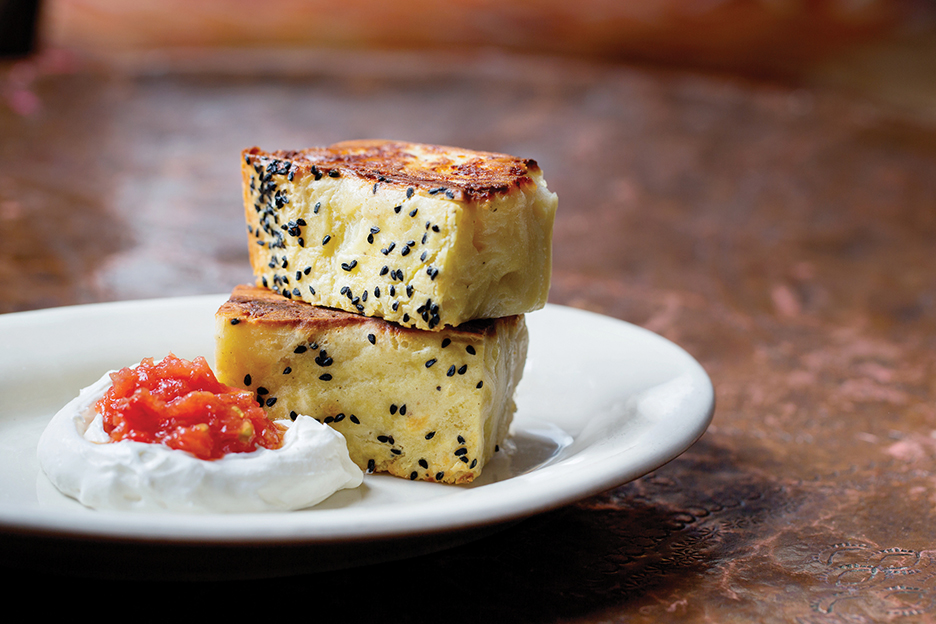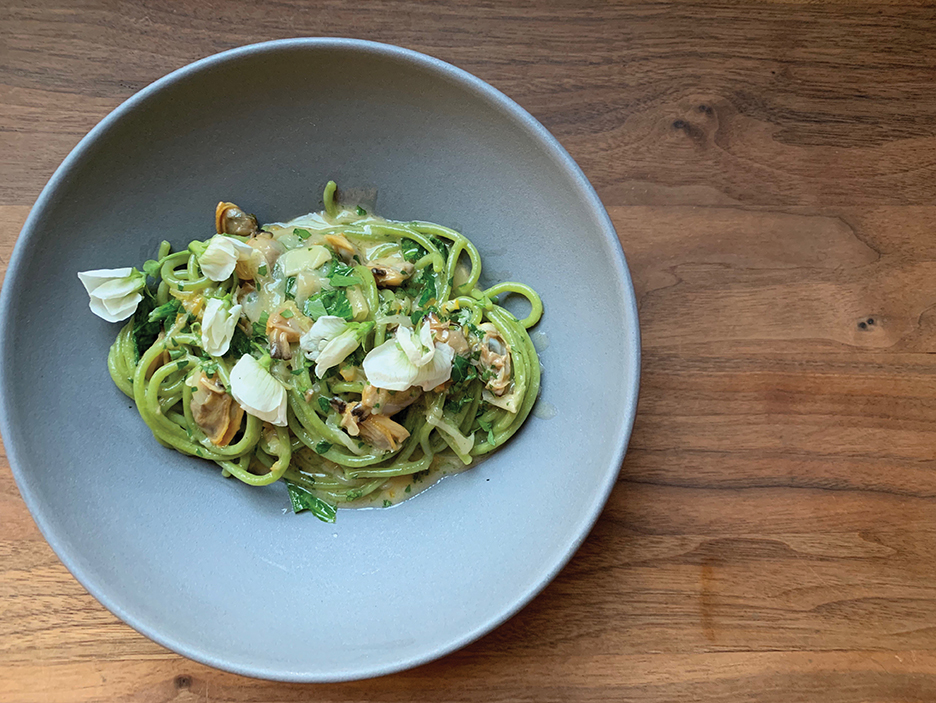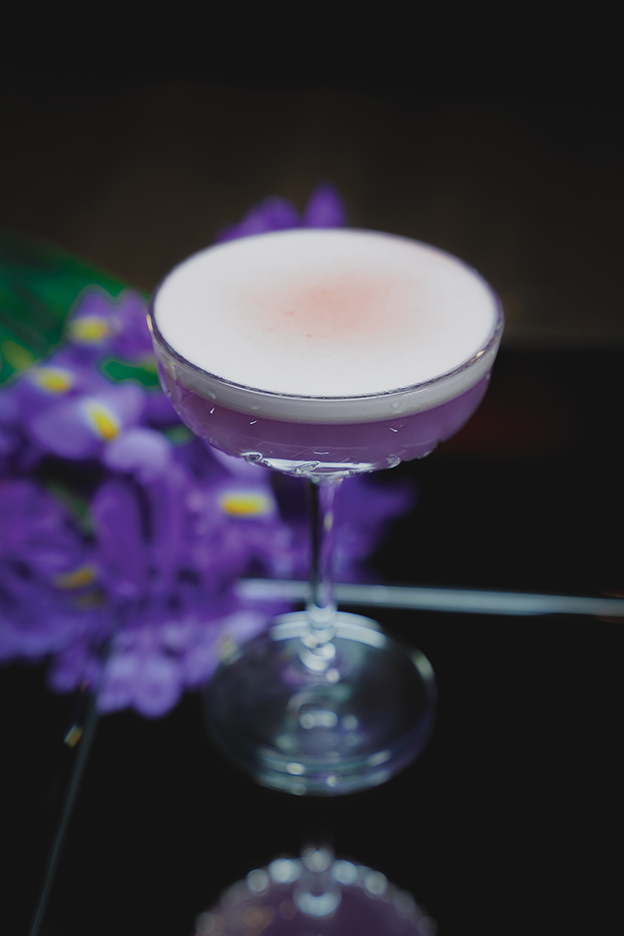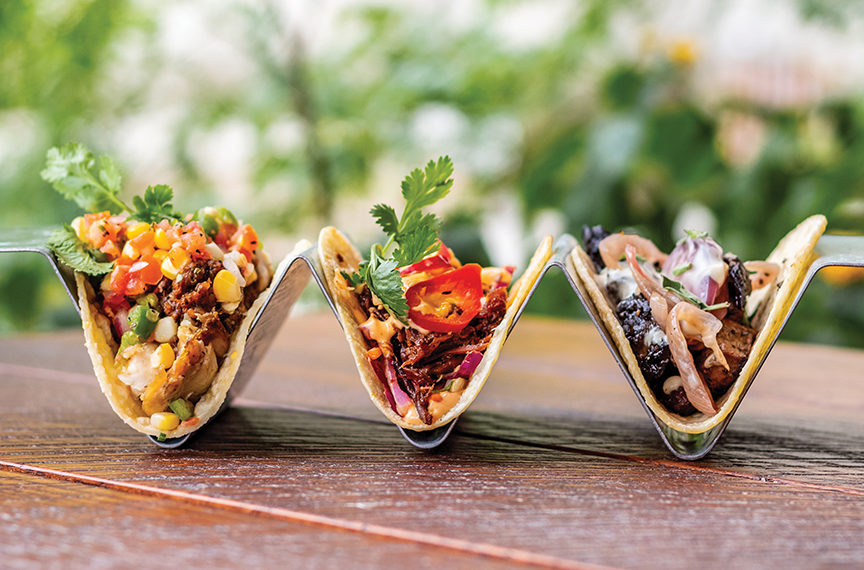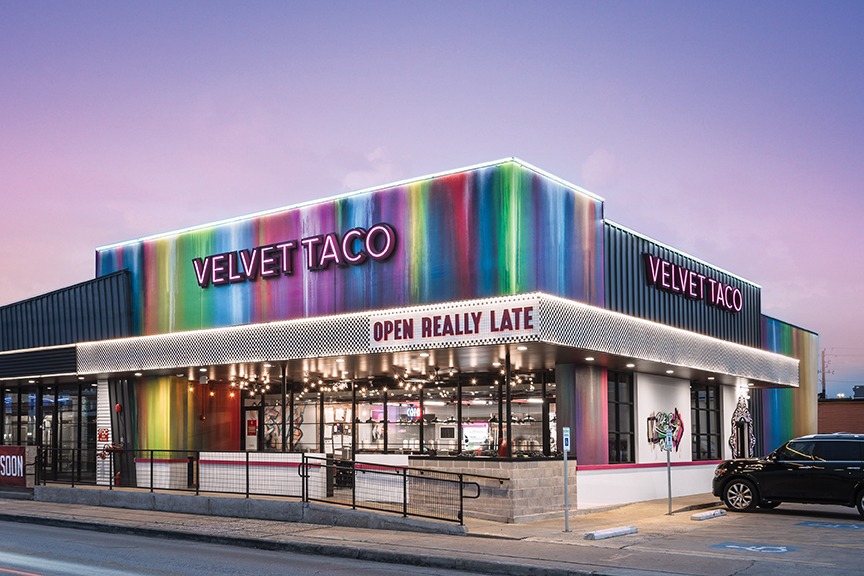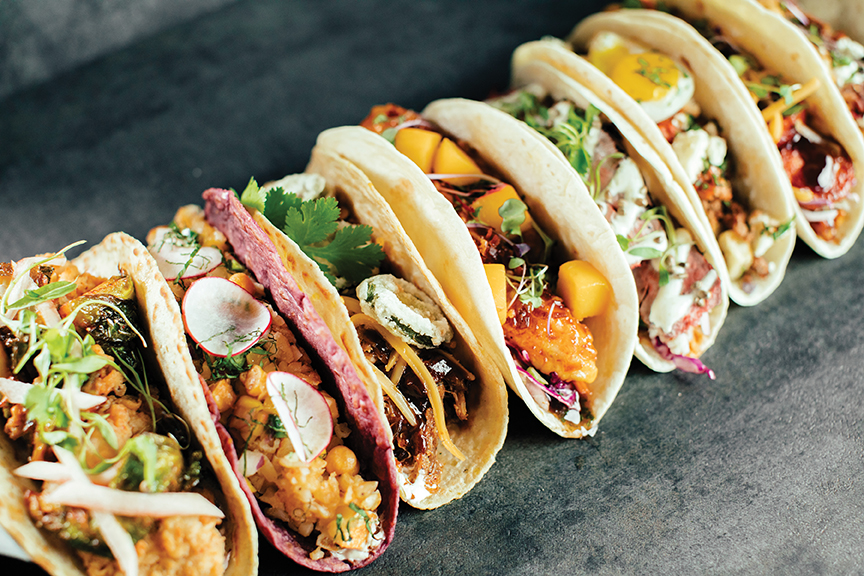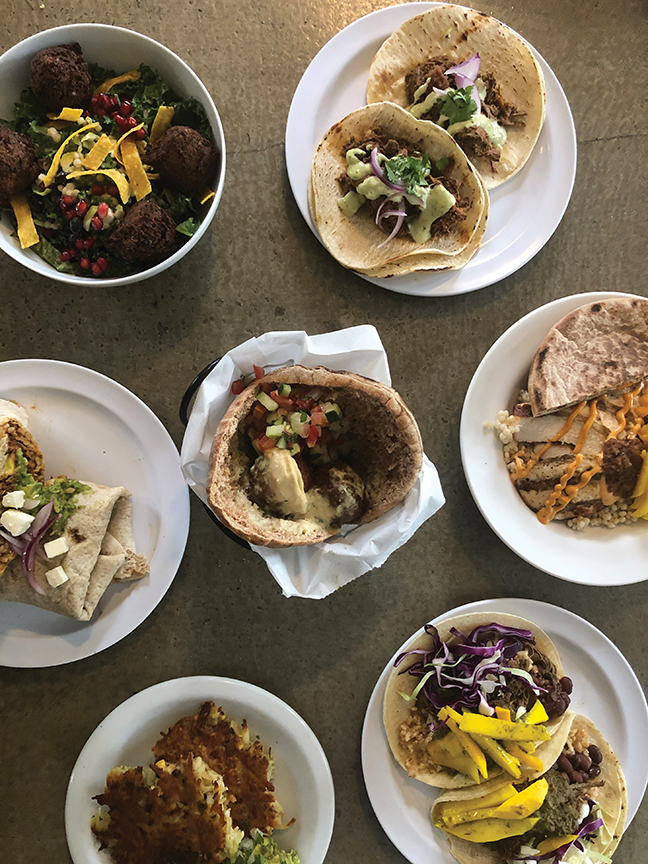If a steaming cup of roasted coffee is a part of your morning ritual, it can be next to impossible to imagine a satisfying alternative. Yet, there’s certainly a desire to switch things up. With an uptick in mushroom and adaptogenic drinks on the market, it’s clear the demand for a change is there.
According to the Coffee Association of U.S.A. Inc., a 2020 study revealed that 62% of Americans drink coffee every day and the average drinker consumed over three cups throughout the day. “In a society that is wrestling with chronic stress and its cascading side effects, like burnout, dampened immune system, impaired digestion, and poor sleep, we’re collectively coming to the realization that coffee isn’t helping,” says Ben LeVine, co-founder/chief herbalist at Rasa, a company that engineers herbal coffee alternatives. “In fact, coffee can exacerbate stress.”
Enhancing Coffee
Despite the joys of coffee, the addictive nature of caffeine can create a vicious cycle of dependency. Your morning cup might awaken your taste buds and energy levels, but the crash creates a need for yet another cup and can later impede your sleep. This is a hard habit to break. In fact, MUD\WTR founder and CEO, Shane Heath, created the product he needed back when he was working in tech, drinking way too much coffee, and feeling burned out. “He mixed up a blend of cacao, masala chai, and adaptogenic mushrooms and started drinking it every day — and feeling great,” says Elizabeth Limbach, director of communications at MUD\WTR. The best of both worlds was in sight.
Brands are developing products that have similar aromas and flavors to traditional coffee, which can make cutting back or replacing your second and third cups that much easier. “The idea was to enhance the most popular drink on the planet,” says Kevin Masson, founder/CEO of Biolete — a coffee alternative brand that supports athletes who often need a boost, but want a healthier option. “[The goal is] to make it more beneficial for us and optimize our way of life, by taking all the benefits of coffee without any bad side effects.
Healthier Ingredients
Enlisting healthier ingredients has made it possible to create alternatives that contain minimal amounts of caffeine, but still give you a boost. They can even be enjoyed as a latte or an iced coffee. Mushrooms and adaptogens have revolutionized our morning rituals. “While adaptogens can still be stimulating, they don’t increase stress hormones like coffee does,” explains LeVine. “Coffee can stimulate the release of cortisol, putting us in fight-or-flight, but adaptogens modulate the secretion, balance it, and put an upper limit to the amounts of stress-related hormones that our stress response can trigger.” The concept is a lasting energy boost withou leaving you burnt out.
Biolete uses “adaptogen mushrooms such as Lion Mane, Reishi, Turkey Tail, and Chaga, all of which have unique benefits such as energy, focus, and immunity enhancement,” says Masson. Even other coffee alternatives, such as Neuro — a line of caffeinated gum and mints — are being made with a blend of caffeine and nourishing ingredients, such as B6 and B12 vitamins for an enhanced caffeine experience that focuses on overall health, rather than a short-lived burst of energy.



